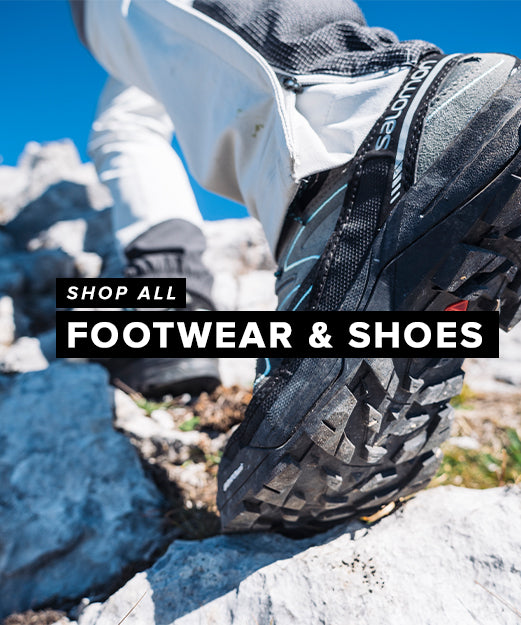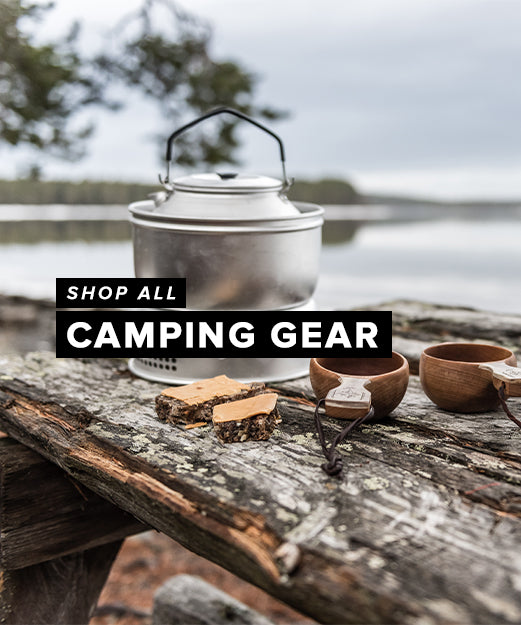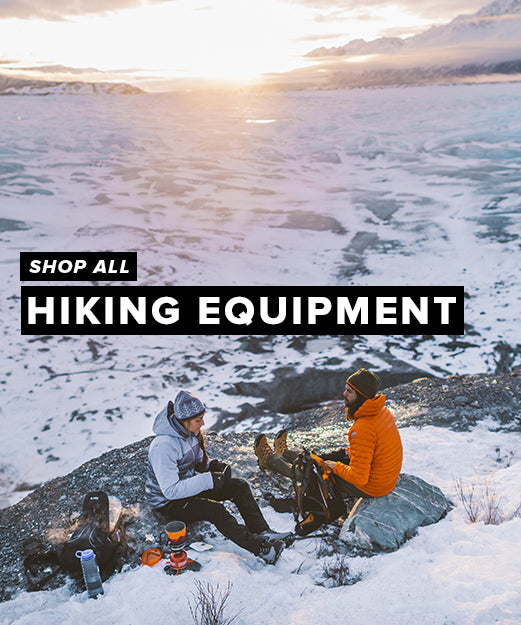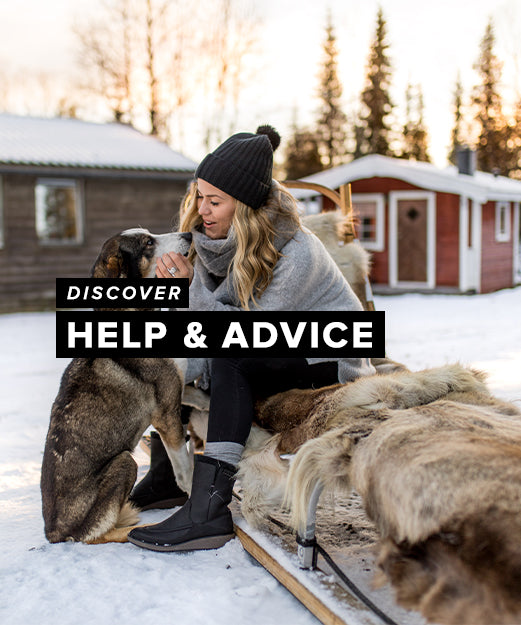 Skiing at any time is a thrilling sport. Add in doing it at night and you have a whole new experience. Night skiing has become increasingly available over recent years, and many of the big resorts offer night passes, allowing you to ski up till 10 pm. So, why should you do it, and what do you need to consider?
Positives
While a resort is unlikely to have its full range of runs open at night, those runs that are accessible are likely to be much less crowded than during the day. Most skiers prefer to hit the slopes in daylight, so you will have more space to perfect your carving or practice your snow plough. Night passes are also generally cheaper than day passes, so you can ski and save money. And the whole atmosphere of skiing at night is different. The landscape takes on a different character, you ski under the stars, many resorts add piped music to the slopes, and the mulled wine at the end of the night is well deserved.
Equipment
The only extra piece of equipment a night skier needs in addition to day skiing is a light. This can be a headlamp or pocket torch, but is essential for signaling in case of emergency. As with skiing at any time, you need tight, well-adjusted bindings and the correct length of ski for your ability. It is recommended that night skiers wear a ski helmet as the potential collision hazards are slightly heightened at night. The main thing to consider is clothing. Skiing at night means skiing in much colder conditions than the day, typically 10 degrees cooler, no counting any wind chill factor. Layer your clothing for maximum effectiveness.
Safety
Resorts offering night skiing will have all the normal safety precautions in place, with instructors and medical personnel on the slopes (so children can experience it as well). However, there are a few precautions to take to ensure you stay safe. Stick to the marked, lit runs (night skiing is not the time to explore off-piste). Don’t ski alone. You want someone who knows where you are in case you ski off the run. As with day skiing, don’t drink alcohol before hitting the slopes. It will impede your decision making which could have worse consequences in the dark. Take extra care to abide by the skier responsibility code (which includes things such as observing all signs, yielding to others when joining a run and giving people ahead of you the right of way).
Skiing at any time is a thrilling sport. Add in doing it at night and you have a whole new experience. Night skiing has become increasingly available over recent years, and many of the big resorts offer night passes, allowing you to ski up till 10 pm. So, why should you do it, and what do you need to consider?
Positives
While a resort is unlikely to have its full range of runs open at night, those runs that are accessible are likely to be much less crowded than during the day. Most skiers prefer to hit the slopes in daylight, so you will have more space to perfect your carving or practice your snow plough. Night passes are also generally cheaper than day passes, so you can ski and save money. And the whole atmosphere of skiing at night is different. The landscape takes on a different character, you ski under the stars, many resorts add piped music to the slopes, and the mulled wine at the end of the night is well deserved.
Equipment
The only extra piece of equipment a night skier needs in addition to day skiing is a light. This can be a headlamp or pocket torch, but is essential for signaling in case of emergency. As with skiing at any time, you need tight, well-adjusted bindings and the correct length of ski for your ability. It is recommended that night skiers wear a ski helmet as the potential collision hazards are slightly heightened at night. The main thing to consider is clothing. Skiing at night means skiing in much colder conditions than the day, typically 10 degrees cooler, no counting any wind chill factor. Layer your clothing for maximum effectiveness.
Safety
Resorts offering night skiing will have all the normal safety precautions in place, with instructors and medical personnel on the slopes (so children can experience it as well). However, there are a few precautions to take to ensure you stay safe. Stick to the marked, lit runs (night skiing is not the time to explore off-piste). Don’t ski alone. You want someone who knows where you are in case you ski off the run. As with day skiing, don’t drink alcohol before hitting the slopes. It will impede your decision making which could have worse consequences in the dark. Take extra care to abide by the skier responsibility code (which includes things such as observing all signs, yielding to others when joining a run and giving people ahead of you the right of way).
Night Skiing Checklist
 Skiing at any time is a thrilling sport. Add in doing it at night and you have a whole new experience. Night skiing has become increasingly available over recent years, and many of the big resorts offer night passes, allowing you to ski up till 10 pm. So, why should you do it, and what do you need to consider?
Positives
While a resort is unlikely to have its full range of runs open at night, those runs that are accessible are likely to be much less crowded than during the day. Most skiers prefer to hit the slopes in daylight, so you will have more space to perfect your carving or practice your snow plough. Night passes are also generally cheaper than day passes, so you can ski and save money. And the whole atmosphere of skiing at night is different. The landscape takes on a different character, you ski under the stars, many resorts add piped music to the slopes, and the mulled wine at the end of the night is well deserved.
Equipment
The only extra piece of equipment a night skier needs in addition to day skiing is a light. This can be a headlamp or pocket torch, but is essential for signaling in case of emergency. As with skiing at any time, you need tight, well-adjusted bindings and the correct length of ski for your ability. It is recommended that night skiers wear a ski helmet as the potential collision hazards are slightly heightened at night. The main thing to consider is clothing. Skiing at night means skiing in much colder conditions than the day, typically 10 degrees cooler, no counting any wind chill factor. Layer your clothing for maximum effectiveness.
Safety
Resorts offering night skiing will have all the normal safety precautions in place, with instructors and medical personnel on the slopes (so children can experience it as well). However, there are a few precautions to take to ensure you stay safe. Stick to the marked, lit runs (night skiing is not the time to explore off-piste). Don’t ski alone. You want someone who knows where you are in case you ski off the run. As with day skiing, don’t drink alcohol before hitting the slopes. It will impede your decision making which could have worse consequences in the dark. Take extra care to abide by the skier responsibility code (which includes things such as observing all signs, yielding to others when joining a run and giving people ahead of you the right of way).
Skiing at any time is a thrilling sport. Add in doing it at night and you have a whole new experience. Night skiing has become increasingly available over recent years, and many of the big resorts offer night passes, allowing you to ski up till 10 pm. So, why should you do it, and what do you need to consider?
Positives
While a resort is unlikely to have its full range of runs open at night, those runs that are accessible are likely to be much less crowded than during the day. Most skiers prefer to hit the slopes in daylight, so you will have more space to perfect your carving or practice your snow plough. Night passes are also generally cheaper than day passes, so you can ski and save money. And the whole atmosphere of skiing at night is different. The landscape takes on a different character, you ski under the stars, many resorts add piped music to the slopes, and the mulled wine at the end of the night is well deserved.
Equipment
The only extra piece of equipment a night skier needs in addition to day skiing is a light. This can be a headlamp or pocket torch, but is essential for signaling in case of emergency. As with skiing at any time, you need tight, well-adjusted bindings and the correct length of ski for your ability. It is recommended that night skiers wear a ski helmet as the potential collision hazards are slightly heightened at night. The main thing to consider is clothing. Skiing at night means skiing in much colder conditions than the day, typically 10 degrees cooler, no counting any wind chill factor. Layer your clothing for maximum effectiveness.
Safety
Resorts offering night skiing will have all the normal safety precautions in place, with instructors and medical personnel on the slopes (so children can experience it as well). However, there are a few precautions to take to ensure you stay safe. Stick to the marked, lit runs (night skiing is not the time to explore off-piste). Don’t ski alone. You want someone who knows where you are in case you ski off the run. As with day skiing, don’t drink alcohol before hitting the slopes. It will impede your decision making which could have worse consequences in the dark. Take extra care to abide by the skier responsibility code (which includes things such as observing all signs, yielding to others when joining a run and giving people ahead of you the right of way).
 NEW!! Free UK Delivery
NEW!! Free UK Delivery Hassle-Free Returns
Hassle-Free Returns Clearpay
Clearpay









